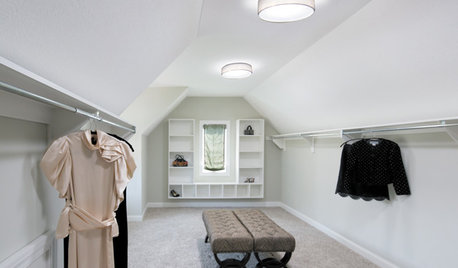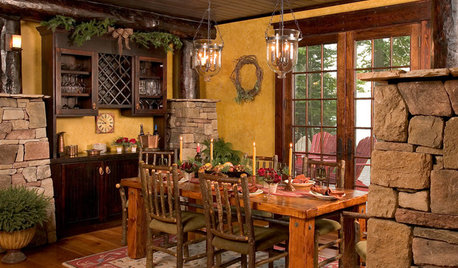new home: should I use a plumbing manifold and PEX tubing?
haden
14 years ago
Featured Answer
Sort by:Oldest
Comments (6)
llaatt22
14 years agolast modified: 9 years agoRelated Professionals
Fullerton Kitchen & Bathroom Remodelers · Biloxi Kitchen & Bathroom Remodelers · Blasdell Kitchen & Bathroom Remodelers · Camarillo Kitchen & Bathroom Remodelers · Eureka Kitchen & Bathroom Remodelers · Galena Park Kitchen & Bathroom Remodelers · Idaho Falls Kitchen & Bathroom Remodelers · Islip Kitchen & Bathroom Remodelers · Jacksonville Kitchen & Bathroom Remodelers · Oklahoma City Kitchen & Bathroom Remodelers · Pinellas Park Kitchen & Bathroom Remodelers · Shawnee Kitchen & Bathroom Remodelers · Superior Kitchen & Bathroom Remodelers · Walnut Creek Kitchen & Bathroom Remodelers · Sharonville Kitchen & Bathroom Remodelerslazypup
14 years agolast modified: 9 years agojakethewonderdog
14 years agolast modified: 9 years agohaden
14 years agolast modified: 9 years agojake2007
14 years agolast modified: 9 years ago
Related Stories

GREAT HOME PROJECTSHow to Add a Skylight or Light Tube
New project for a new year: Increase daylight and maybe even your home’s energy efficiency by opening a room to the sky
Full Story
DECORATING GUIDESDecorate With Intention: Helping Your TV Blend In
Somewhere between hiding the tube in a cabinet and letting it rule the room are these 11 creative solutions
Full Story
CONTEMPORARY HOMESHouzz Tour: Home Looks to the Sky for Light and Space
A Melbourne Victorian gets a bright contemporary addition that adds living space and an indoor-outdoor connection
Full Story
GREAT HOME PROJECTSHow to Bring Out Your Home’s Character With Trim
New project for a new year: Add moldings and baseboards to enhance architectural style and create visual interest
Full Story
ARCHITECTUREModern or Contemporary Architecture? The Interiors Edition
See how one expert distinguishes between two popular camps of interior architecture. Do you agree with his choices?
Full Story
SELLING YOUR HOUSE10 Low-Cost Tweaks to Help Your Home Sell
Put these inexpensive but invaluable fixes on your to-do list before you put your home on the market
Full Story
VACATION HOMESHouzz Tour: Scottish Farm Cottage Looks to Sun and Stars
A sheep field is home to a small, energy-efficient house that pulls ideas from mobile home design and raises the style level
Full Story
COLORFUL HOMESHouzz Tour: Splashy, Sustainable Shack in São Paulo
An abandoned home gets a second chance as a sustainable weekend dwelling for a Brazilian couple in the design industry
Full Story
VACATION HOMES10 Ways to Get the Rustic Cabin Look
The homespun charm of your childhood cabin can translate to your home today with these ideas from an interior designer
Full Story
HOME TECHA Vision of the Future for the Smart Home
Intel, a smart-home platform developer, offers a peek into the tech firm's experimental ‘living lab’
Full StoryMore Discussions








jakethewonderdog